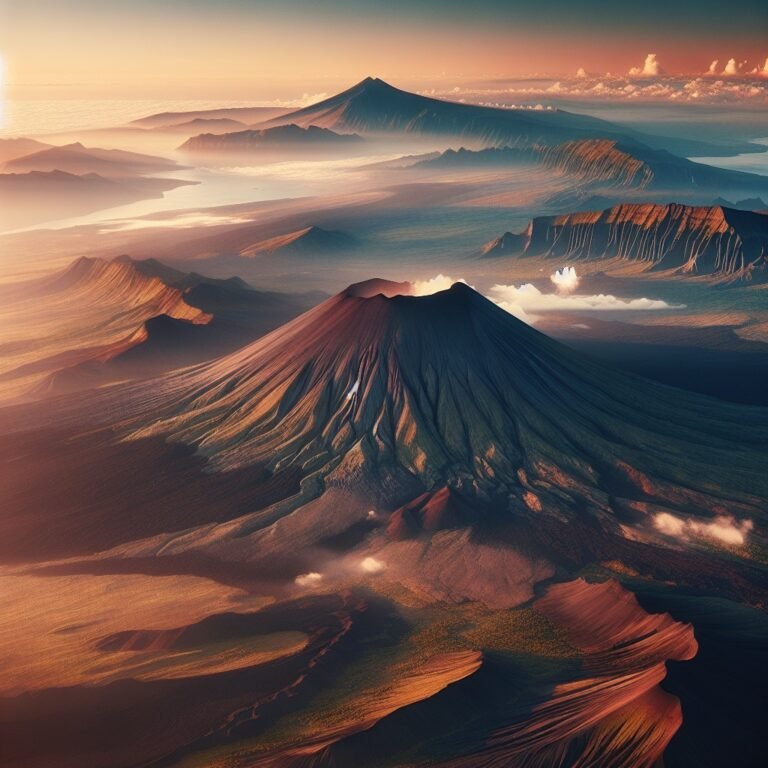Volcanoes are some of the most powerful natural phenomena on Earth, capable of shaping landscapes and affecting climates. But what is the largest volcano on Earth?
Answer
The largest volcano on Earth is Mauna Loa, located on the Big Island of Hawaii. It covers an area of about 2,035 square miles (5,271 square kilometers) and is over 13,000 feet (4,000 meters) high above sea level.
Simple Explanation
Mauna Loa is a really big volcano in Hawaii! It’s so large that it’s taller than Mount Everest when measured from its base on the ocean floor, making it the biggest volcano on Earth.
Detailed Explanation
Mauna Loa is a shield volcano, which means it has broad, gently sloping sides formed by the flow of low-viscosity lava. This type of volcano can produce large amounts of lava during eruptions. Its eruptions are typically less explosive but can still release lava flows that impact the surrounding areas.
Size and Volume
- Area: Spanning approximately 2,035 square miles, Mauna Loa is not only the largest volcano by volume but also by area.
- Height: While its peak reaches about 13,681 feet above sea level, much of the volcano is underwater, and when measured from its base on the ocean floor, it rises more than 30,000 feet.
Mauna Loa’s eruptions have been documented since 1843, with the most recent eruption occurring in November 2022. It’s an important site for scientific research, and it offers insights into volcanic activity and its effects on the environment.
Volcanic Activity and Monitoring
Scientists closely monitor Mauna Loa due to its size and potential threat to nearby communities. The Hawaiian Volcano Observatory, part of the U.S. Geological Survey, keeps a watchful eye on its seismic activity, ground deformation, and gas emissions to predict potential eruptions.
Conclusion
Mauna Loa stands as a testament to the immense power of nature, being the largest volcano on Earth. Understanding its dynamics is crucial for assessing volcanic risks and protecting nearby populations.
FAQ
Q: Are there other large volcanoes on Earth?
A: Yes, Kilauea in Hawaii and Mauna Kea are also large volcanoes, but Mauna Loa is the largest when considering both height and area.
Q: How often does Mauna Loa erupt?
A: On average, Mauna Loa erupts every 5 to 6 years, but this can vary widely depending on geological conditions.
Q: What is the risk of living near Mauna Loa?
A: The main risks include lava flows and possible volcanic gas emissions, but monitoring helps to provide warnings in case of eruptions.
Q: How is Mauna Loa different from other types of volcanoes?
A: Mauna Loa is a shield volcano, characterized by its large, broad shape formed by the flow of low-viscosity lava, unlike stratovolcanoes, which are steeper and more explosive.
External Sources
Learn more about Mauna Loa from USGS Volcanoes and Hawaii Volcanoes National Park.




